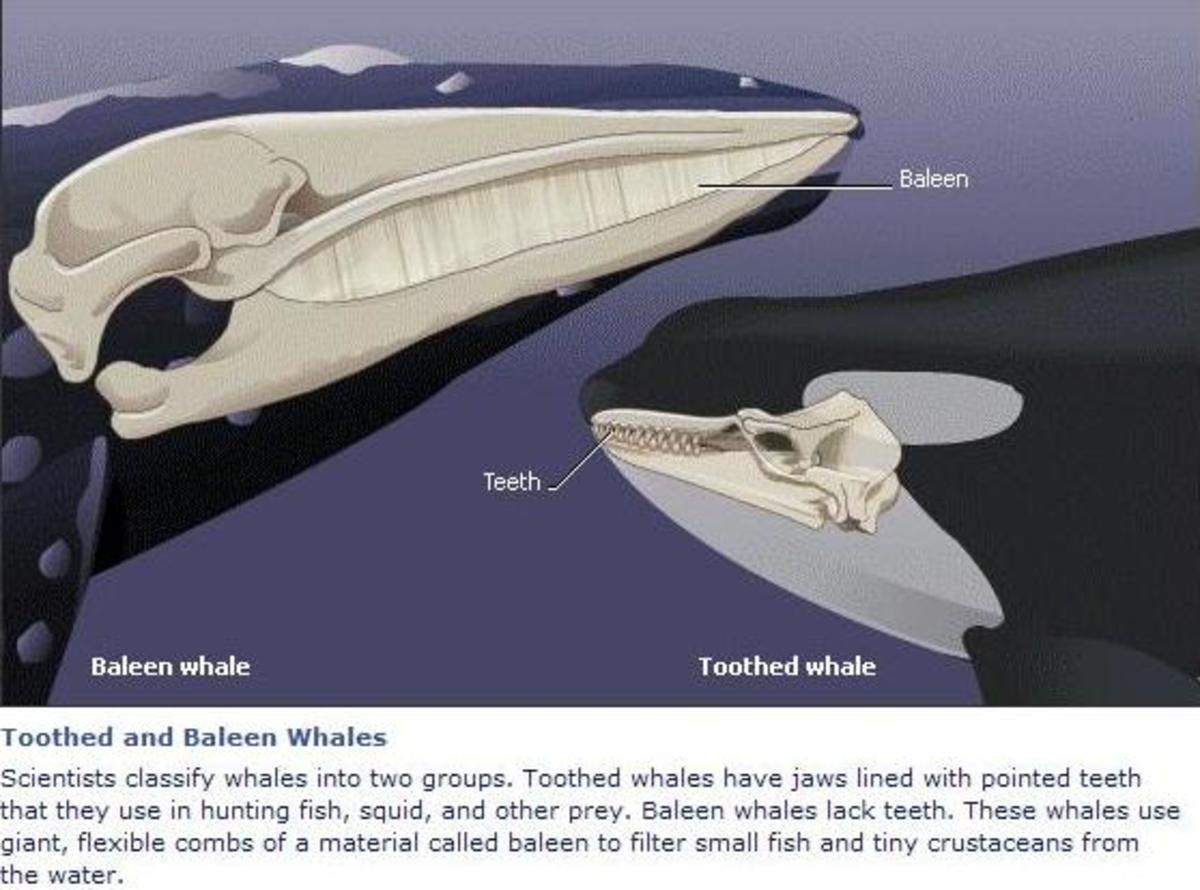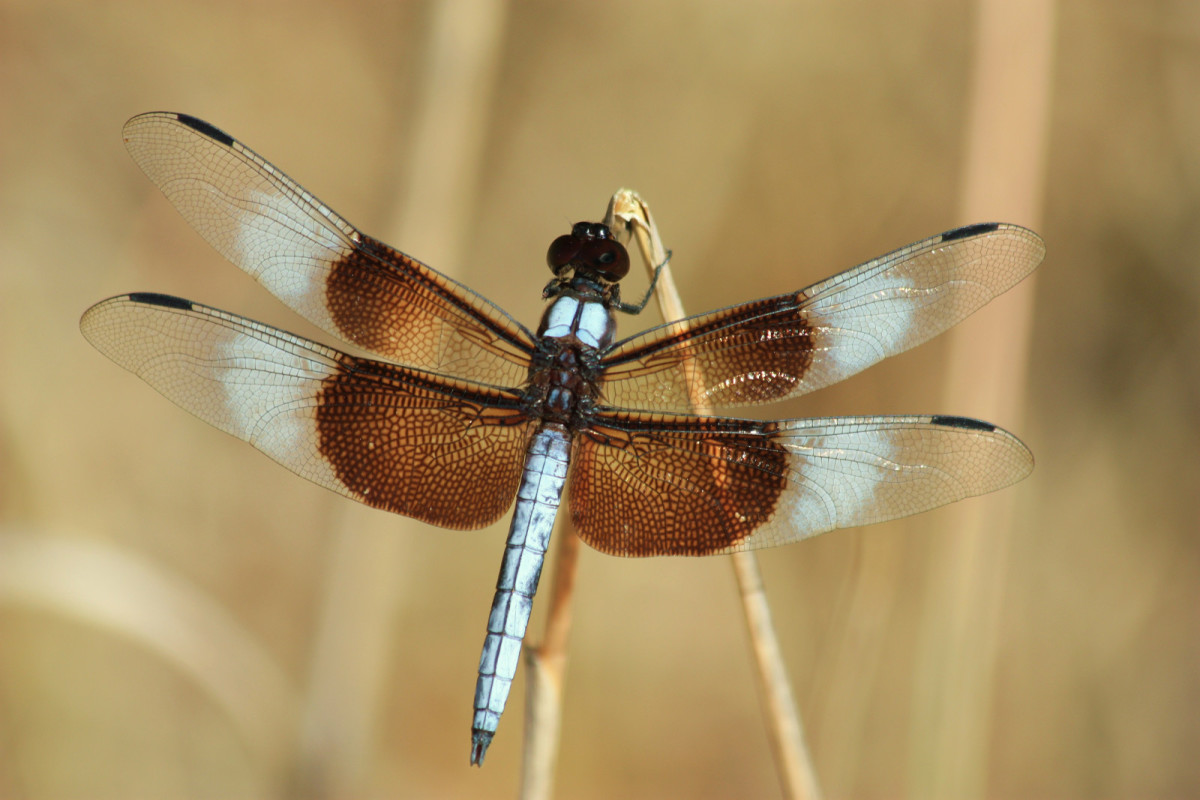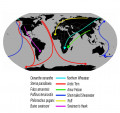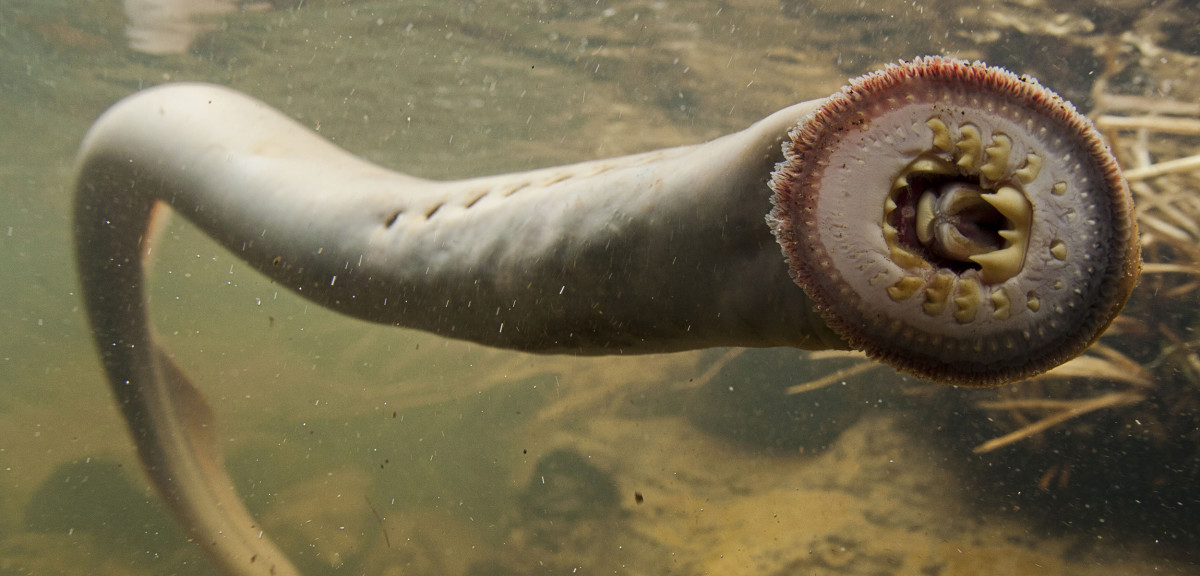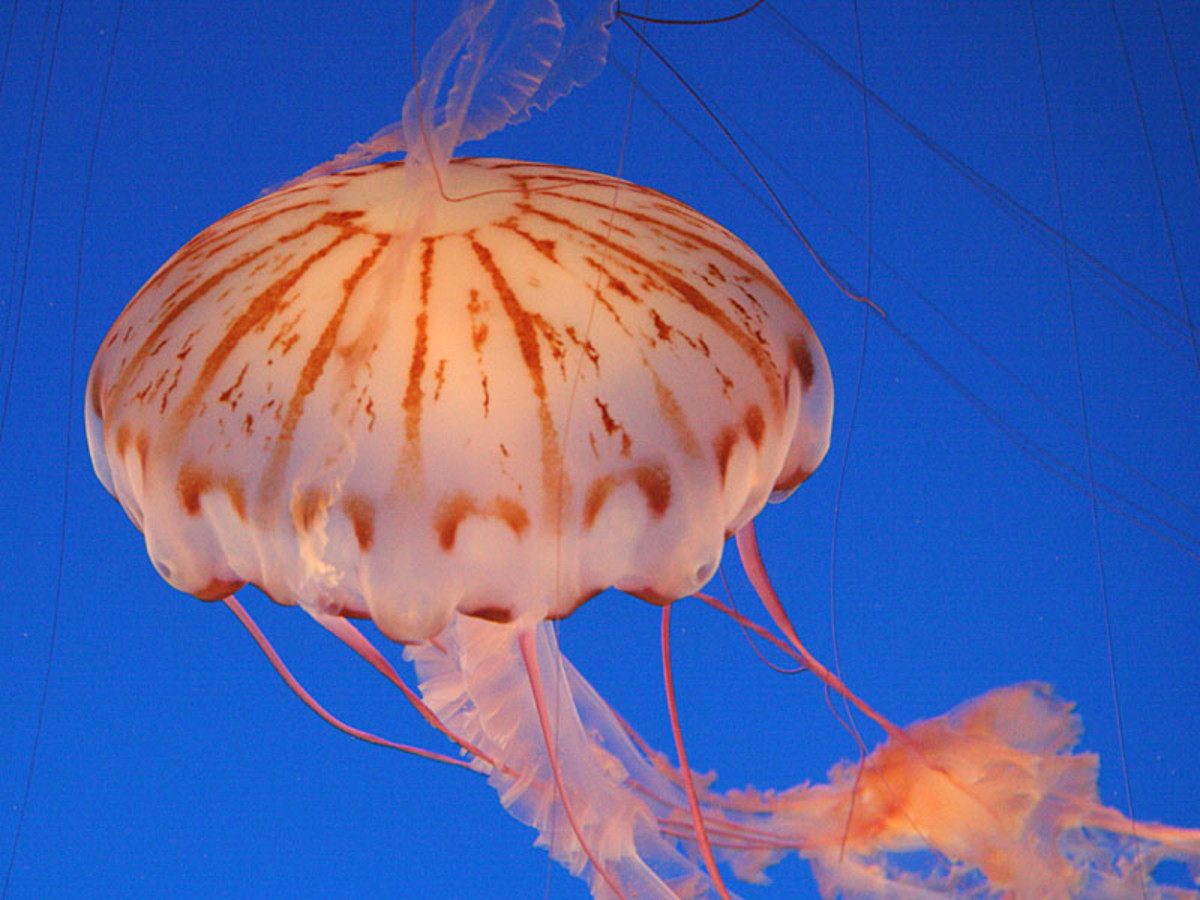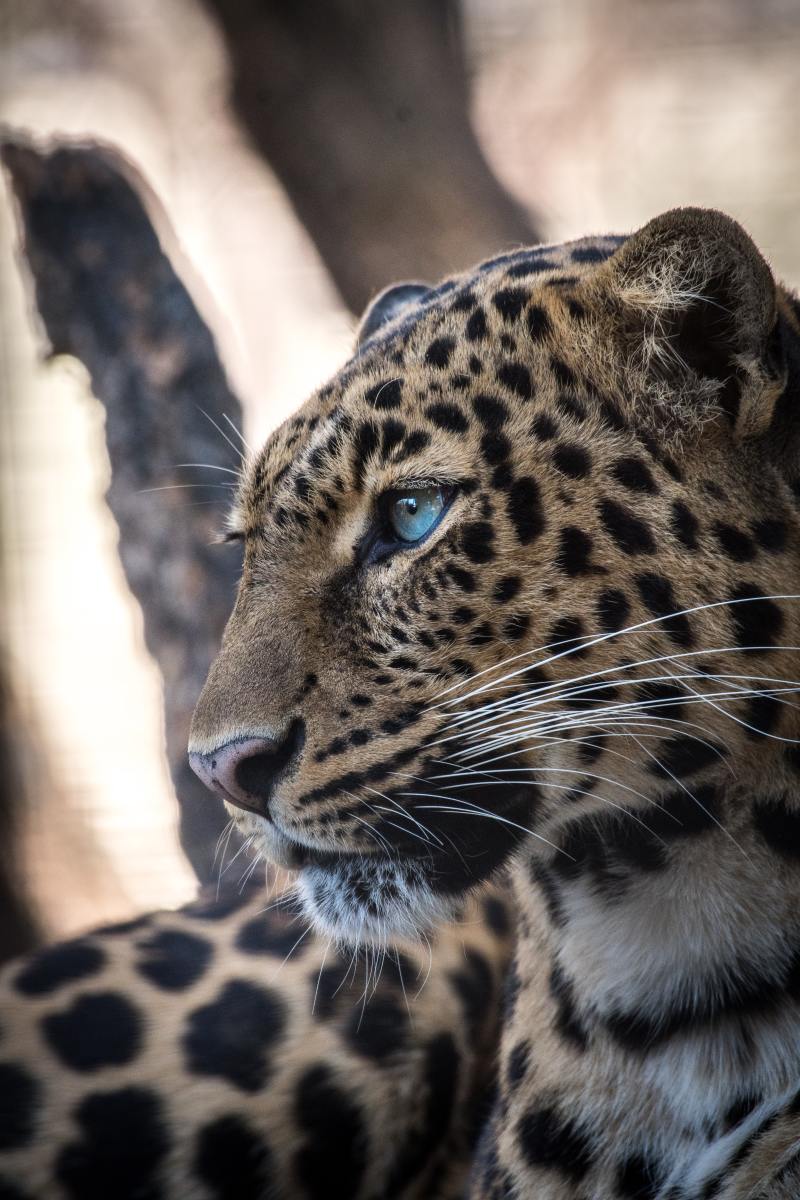A Basic Guide To Mammals
Mammalian Diversity
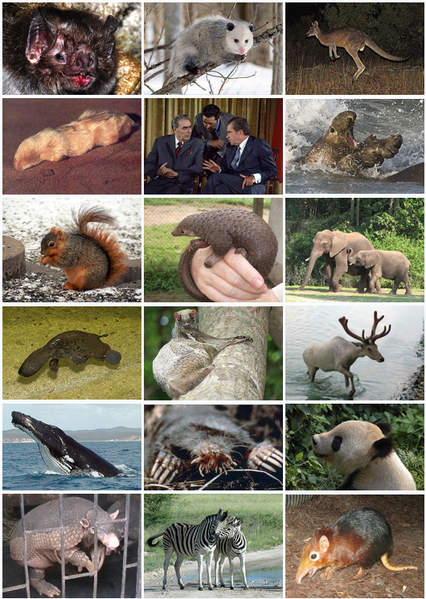
Introduction And Evolution
Mammals, undoubtedly the most familiar of vertebrates, all nourish their young on milk produced by the female’s mammary glands (the unique skin structure after which the class is named). Most also give birth to live young and, with only a few exceptions, have a covering of hair on their body. Mammals are most common on dry land, but they also colonised both air and water. Their success is largely due to their ability to maintain a constant internal body temperature, regardless of changing external conditions. They are also highly adaptable and often modify their behaviour to suit changing circumstances. Some mammals, especially primates (the group that includes humans), form complex societies.
The ancestors of mammals were a group of reptiles known as the therapsids. These small, active carnivores lived during the Triassic Period (which began 225 million years ago). The various features that now separate reptiles and mammals in fact developed over a long period of time and at different rates. As well as several important differences in skull shape, the therapsids evolved a lighter, more flexible skeleton. Another significant change was the alignment of the limbs beneath rather than at the sides of the body, which helped the early mammals to become faster and more agile.
The transition from reptiles to mammals was completed towards the end of the Triassic Period, some 195 million years ago. This evolutionary change coincided with the rise of the dinosaurs, a family of reptiles that became the dominant animals on earth during the Mesozoic Era (225-65 million years ago) and threatened the mammals with extinction. The mammals’ ability to regulate their internal temperature may explain why they outlasted the dinosaurs. During the Mesozoic Era, the climate became cooler and daily temperatures became more variable, therefore the mammals would have been able to adapt to these fluctuations in a much better way than any other land vertebrate around at the time, thus their survival was guaranteed.
Teeth In Mammals
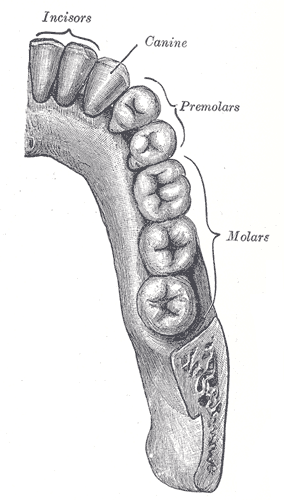
Skin Section
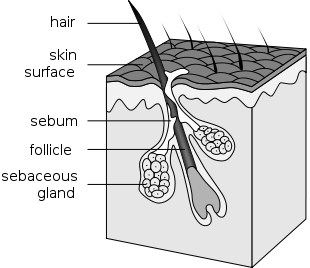
Placental Mammals
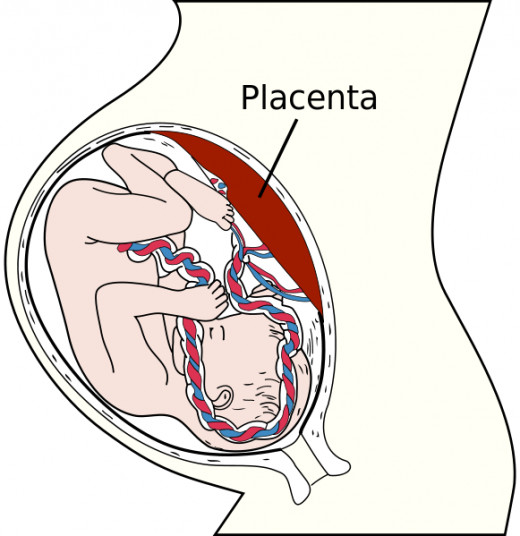
Anatomy And Reproduction
Several differences between the skeletons of mammals and other vertebrates can be seen in the skull. Mammals are unique in having a lower jaw that is hinged directly to the rest of the skull- in other vertebrates the connection is indirect, with at least one other bone between the two parts of the jaw. This direct articulation, and the fact that the lower jaw is made of a single bone, makes the jaw a powerful tool for cutting and dismembering food. Unlike other vertebrates, mammals also have a set of specialised teeth, which reflects and facilitates their varied diet. All mammals have three types of incisors, which are used for biting, canines for gripping and tearing, and cheek teeth (molars and premolars), which are used for grinding. The shape and size of each type varies according to diet.
Most mammals, unlike other animals, have mobile external ears (pinnae) to locate sounds and then funnel them to the eardrum, where they are transmitted to the inner ear by three tiny bones, and so to the brain. The fennec fox has enormous, sensitive pinnae; by contrast, true seals have lost their pinnae.
One of the most distinctive parts of a mammal’s body is its skin. This consists of two layers: a protective outer layer of dead cells (the epidermis) and an inner layer (the dermis) that contains blood vessels, nerve-endings, and glands. It’s the glands in the dermis that are particularly unusual: the sebaceous (or scent) glands secrete chemicals that mammals use to communicate with one another, the mammary glands produce the milk used to nourish new-born young, and the sweat glands- together with the hair, which also arises from the dermis- play an important part in regulating temperature.
Depending on the way they reproduce, mammals are usually divided into three groups. In all three, fertilisation is internal. The first group, the monotremes (which comprises the duck-billed platypus and the echidnas), lay eggs. Members of the other two groups give birth to live young. Of these two, however, the marsupials have no true placenta. When they are born, marsupials are usually poorly developed and are nourished by their mother’s milk. In some species the young are kept in a pouch on the outside of the mother’s body until they are more fully grown. The largest reproductive group is referred to as the placental mammals, in which the unborn young develop in the mother’s uterus. During pregnancy, food and oxygen pass from mother to foetus through an organ known as the placenta, while waste substances move in the opposite direction. When born, infant placental mammals are more highly developed than those of marsupials.
The juveniles of all mammals are fed on milk secreted by the mother’s mammary glands, which become active after the young are born. With the exception of monotremes, the milk is delivered through teats. As well as providing nourishment (it’s rich in proteins and fats), the milk contains antibodies, which help to establish resistance to infection. Being nourished on milk during the early weeks of life also means that young mammals do not have to forage for their own food, which greatly increases their chances of survival.
Litter sizes vary from as many as 20 (the Virginia opossum) to only 1 (the orang-utan). Similarly gestation periods also vary, ranging from 12 days (the short-nosed bandicoot) to 22 months (the African elephant).
How Marsupials Reproduce
Cold Sleep
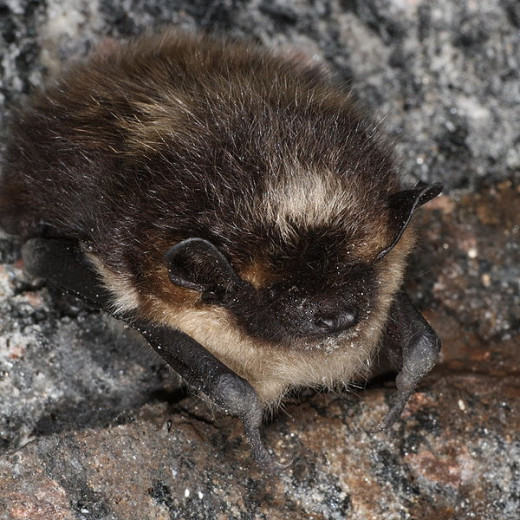
Walking Gaits
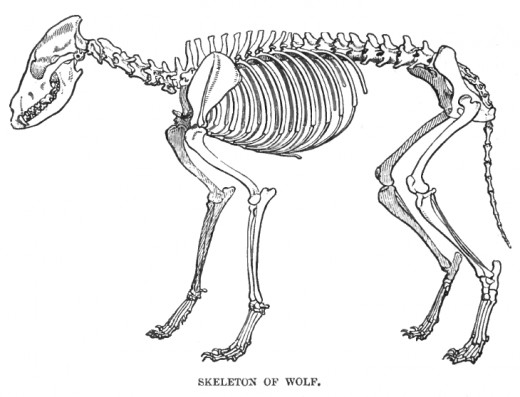

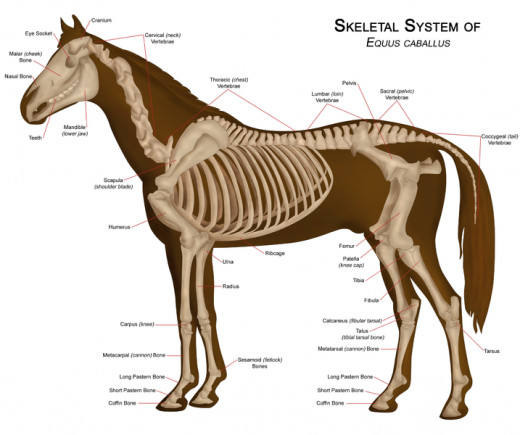
Temperature Control And Locomotion
Similarly to birds, mammals are endothermic, meaning that they can maintain a constant body temperature and can therefore remain active at extremely high or low external temperatures. That is why mammals are able to occupy every major habitat and are more widespread than any other class of vertebrate, apart from birds. Many species, such as the seals and whales of the Antarctic, live in regions where the temperature is well below freezing for much, if not the entire year. An area of the brain known as the hypothalamus monitors body temperature and adjusts it if necessary. Body temperature can be altered by increasing or decreasing the metabolic rate, widening or constricting blood vessels that carry heat to the skin’s surface, raising or lowering body hair to trap or release an insulating layer of air, to cause either shivering to raise heat or sweating/panting to dispel heat. Mammals can also control their body temperature by adopting special body postures: a monkey, for example, will hunch up in the cold (and many mammals huddle together in small groups to keep warm); lemurs warm up in the early morning sun by sitting up and spreading their arms to expose their thinly haired undersurface.
Behavioural patterns also help to regulate body temperature. For example, in the desert and in tropical grasslands, in the heat of the day rodents retreat into cool, moist burrows, while larger mammals rest in the shade in cool depressions in the ground. Body colouring is another important factor: dark colours absorb heat, while light colours reflect it. Desert mammals are therefore often light fawn in colour, while those living in cool climates are dark. This arrangement may conflict with the need for camouflage. In areas of the world which experience cold and snowy winters, mammals may turn white (stoats) or have a permanently white coloration (polar bears) and possess extra thick fur to compensate.
Mammals dwell in a huge variety of habitats and have accordingly developed a number of different ways of moving around. While a quadrupedal (4-footed) gait is the commonest form of mammal locomotion, some species such as kangaroos and humans, are bipedal (2-footed gait). As mammals move, the way in which the foot comes into contact with the ground varies into one of three different ways- namely, plantigrade, digitigrade and unguligrade: When moving, plantigrade mammals, such as bears, keep the calcaneum (heel bone), and digits (toes) of each foot on the ground. Digitigrade mammals, such as dogs, move only with the digits touching the ground, while unguligrade mammals, such as horses, walk and run on the tip of each digit.
Locomotion is also related to the lifestyle of the animal. For example, predators, which require short, explosive bursts of speed to catch their prey, have a flexible spine. For example, in the cheetah- the fastest terrestrial animal- the backbone coils and uncoils with every stride, propelling the animal forwards. It has been estimated that these movements increase the cheetah’s speed by 19 mph. In contrast, prey species, such as gazelles, rely on endurance to outrun predators. They have a rigid back, and the ‘energy cost’ of their movement is reduced as a result of a lengthening of the lower segments of the limbs and a concentration of the muscles to the body.
Feeding High Up
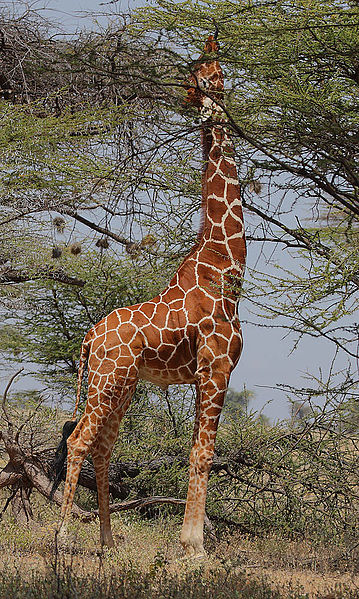
Herbivores Vs. Carnivores
Playing Around
Survival Skills
Potential predators such as the Arctic fox cubs in the video, use play to practise pouncing and biting. But always stop short of causing any real damage.
Benefits Of Communal Living
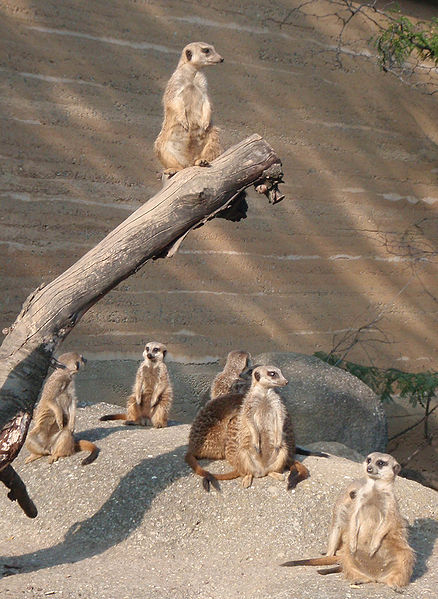
Food For Thought
Primates are rare among mammals in that some can use a variety of objects such as tools, while others clean their food prior to eating it. The Japanese macaques in the video have learnt to separate wheat grains from sand by immersing the food in water. The sand sinks, causing the wheat grains to float to the surface.
How Wolves Organise Themselves
- Wolves: The Pack
A hub I wrote about how the wolf pack is structured and how it functions successfully.
Feeding And Social Structures
Maintaining a high, constant body temperature is ‘energy expensive’- mammals therefore need a nutritious and plentiful diet. While the earliest mammals were probably predators, different species have since adapted to meet their dietary requirements in a variety of ways. Some eat animal prey- this is known as a carnivorous diet (and includes insect eating). Other mammals, called herbivores, eat plants. An herbivorous diet includes sub-types such as fruit eating and grass eating. An omnivore eats both animal prey and plants.
Carnivorous mammals have a simple digestive tract, because the proteins, lipids, and minerals found in meat require little in the way of specialised digestion. Plants, on the other hand, contain complex carbohydrates, such as cellulose. The digestive tract of an herbivore is therefore host to bacteria that ferment these substances, and make them available for digestion. The bacteria are housed either in a multi-chambered stomach or in a large caecum (a blind-ending sac in the large intestine).
The size of an animal is a factor in determining diet type. Small mammals have a high ratio of heat-losing surface area to heat-generating volume, which means that they tend to have high energy requirements and a high metabolic rate. As they cannot tolerate the slow, complex digestive process of an herbivore, mammals that weigh less than about 18 ounces are mostly insectivorous. Larger mammals on the other hand generate more heat, meaning that they lose less of it overall. They can therefore tolerate either a slower collection process (those that prey on large, vertebrates) or a slower digestive process (herbivores). Furthermore, mammals that weigh more than about 18 ounces cannot collect enough insects during their waking hours to sustain themselves. The only large insectivorous mammals are those that feed on huge quantities of colonial insects (ants or termites).
Mammals communicate socially by scent, either from glands (which may be located in the face, in the feet, or in the groin) or in their urine or faeces (which contain sexual hormones). They also communicate by body posture or facial gesture, by touch, and by sound, which may develop into complex messages.
Socialisation begins at birth, when signals between a mother and her infant facilitate suckling. The process continues throughout the juvenile period, when the young interact with each other through play and gradually learn to interpret the behaviour of the adults.
Some mammals only interact to mate or to nurture young, but many form temporary or permanent social groupings beyond these minimal needs. The hoofed mammals, for example, form herds for safety as predators are more likely to be spotted. Interwoven with social behaviour is the use of space: most mammals have a home range (the area within which an animal, or group, performs most of its activities), and in some these areas are developed into territories (an area that the animal, or group, defends against others of the same species).
Solitary mammals, such as the aardvark and most cats, usually occupy a territory that they defend against members of the same sex. A tigress, for example, will not permit other females to enter her territory, whereas the territory of a male tiger overlaps those of several females.
Some mammals, such as gibbons live in monogamous pairs (with their immature offspring), and each pair occupies and defends a territory. However, recent studies indicate that the assumption of ‘lifelong fidelity’ is wrong: surreptitious copulations outside the pair are frequent, and many pairs break up and find new mates after some years.
Other mammals form larger social groups, of varied composition. In some species, such as seals and elephants, the sexes live separately for most of the year. Related females form social units, and the males either live alone or form small bachelor groups. In mammals living under this system there is ferocious competition among the males for the right to mate. The most successful males are usually the largest and strongest individuals that also have the best weapons, whether they are antlers, horns or tusks. In elephant seals and sea lions, as the females become sexually receptive the males bellow and display to establish dominance.
Other species such as Burchell’s zebra form small, permanent harem groups, in which one male leads and mates with a group of females. The subordinate males are relegated to bachelor bands unless one can successfully challenge and expel a harem male.
The final type of larger social group exhibited by mammals is one in which the collection of individuals consists of several males and females. Such societies are restricted to primates and the social carnivores (although some other species, such as migrating wildebeests, form temporary mixed-sex groups). Among baboons, for example, several adult males join a troop of females related to each other (but not to the males) and compete for dominance and the right to mate with the females. These power struggles result in a continual change in the dominance hierarchy. In lion prides, the males are related to each other and cooperate in the defence of the females rather than competing for them. In wolf packs, only the dominant pair breeds; the other adults are the offspring from previous years who, instead of leaving to form their own packs, stay with their parents to help rear their younger siblings.


